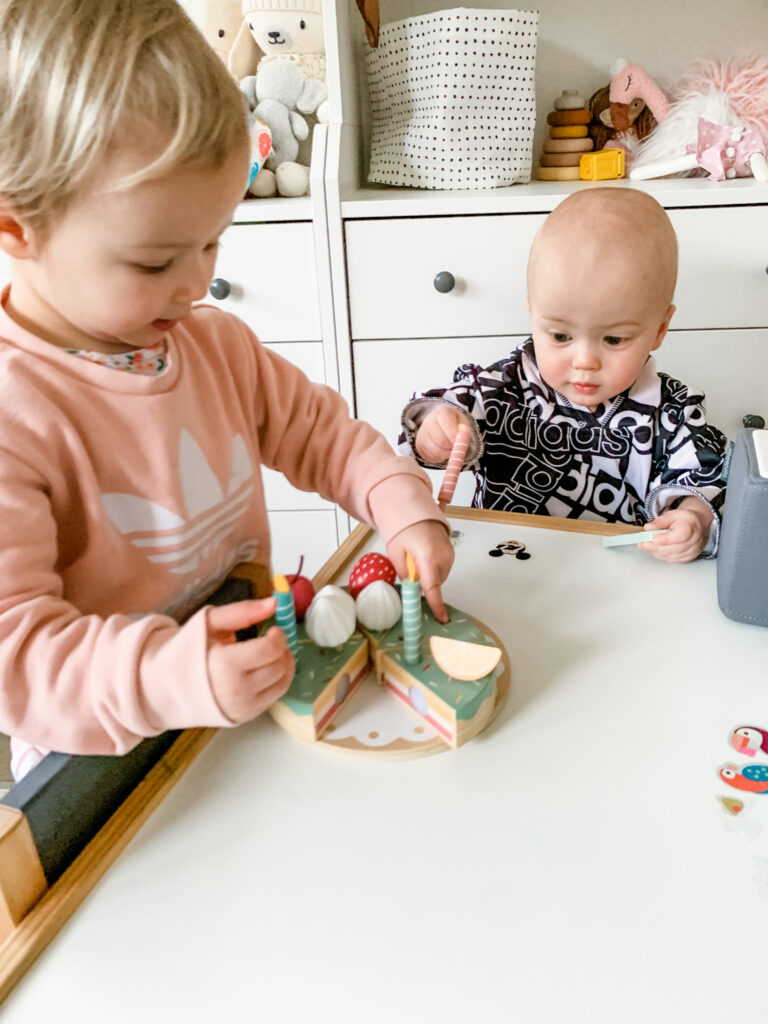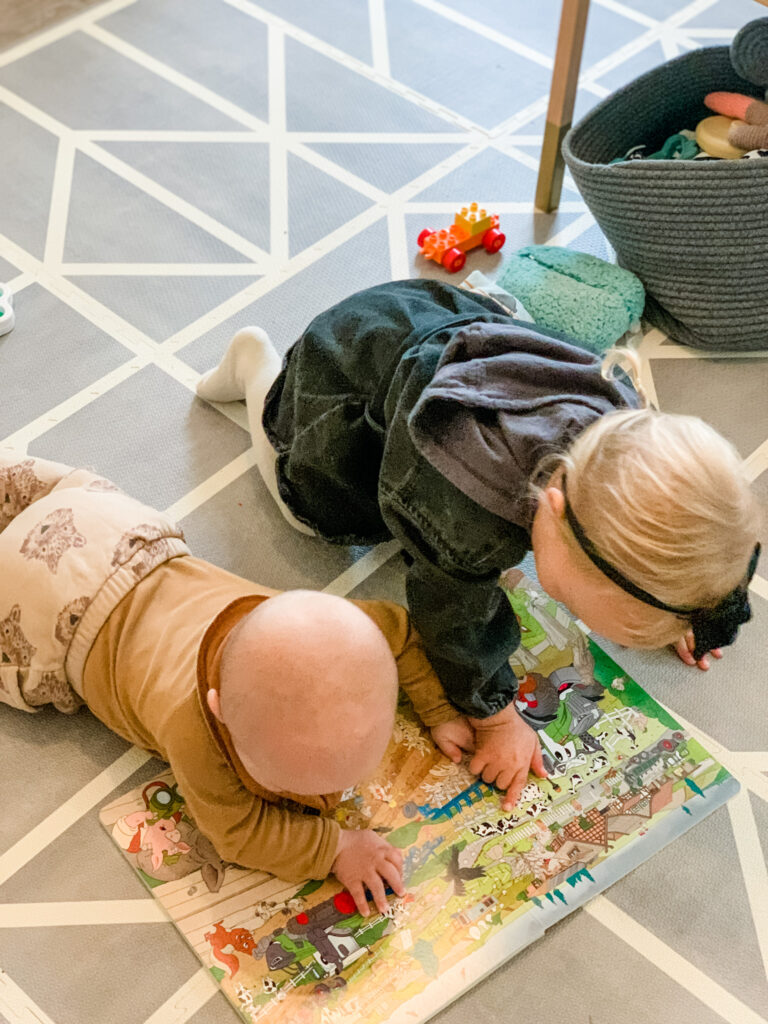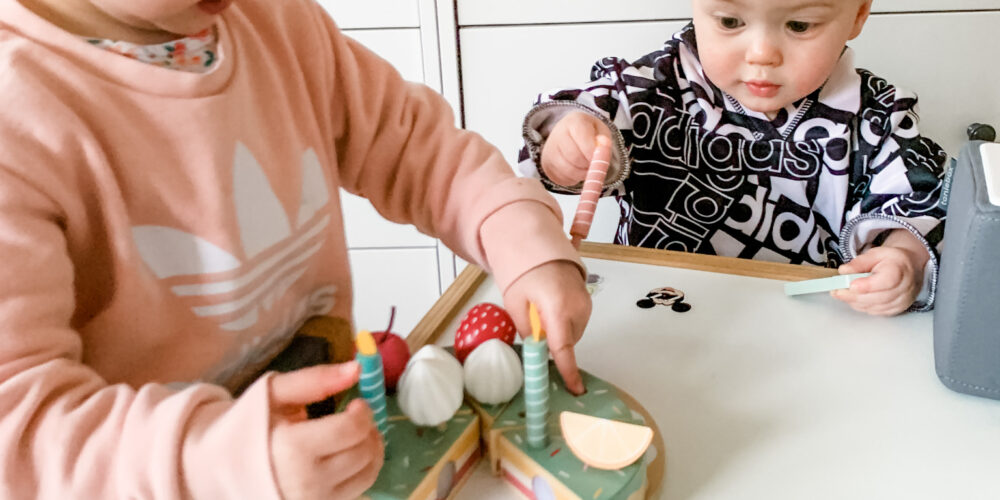Math is an important subject for kids to learn. It helps with brain development and prepares them for future academic success. Here are some ways that parents can learn how to teach young children math, and also a few tips on how to make math fun for kids!

Start Early
It is never too early to start teaching your child math! The benefits of starting early are numerous, and include improved brain development, greater academic success in the future, and a stronger foundation for critical thinking skills. But don’t worry, you are already probably teaching your child math in day-to-day life without even realizing it!
When children are exposed to math from a young age, their brains begin to develop stronger neural connections related to the subject. This helps them to better understand and solve mathematical problems later on in life. In addition, starting early gives children a head start in developing the critical thinking and problem-solving skills that are essential for success in school and beyond.
There are many ways to make math fun for kids! Try incorporating it into everyday activities such as cooking or baking (measuring ingredients, counting out servings), telling time (using a clock or timer), or playing games that involve counting or sorting (card games, board games). Leonie loves getting to cook with me, and count out the different ingredients with me. You can also find online resources and apps that make learning math fun and engaging for kids of all ages.
Focus on the Basics
It is important to focus on teaching your child the basics of math, such as counting. And as they get older, of course: addition, subtraction, multiplication and division. These are the building blocks that will help them understand more complicated concepts later on.
Start by teaching simple one-step problems (e.g., “If I have 3 apples and you give me 2 more, how many do I have now?”). As they become more comfortable with basic calculations and equations, gradually introduce two-step problems (e.g., “If I have 5 oranges and you give me 3 more, how many do we have altogether?”). This can be done through books or games that involve counting or sorting objects. Also, make sure to provide plenty of practice and review on the basics until your child is really comfortable with them.
Use Real-World Examples
Use real world examples to teach your child math! It is important for children to be able to see how the concepts they are learning can be applied in everyday life. This will help them to better understand and remember the material.
For example, when teaching addition, you could have your child help you add up the number of items in your grocery cart. You could also have them add up the total cost of the items, if they are old enough. If you are teaching multiplication, you could have them help you double a recipe or figure out how many servings there will be.
There are endless possibilities for using real world examples to teach math! The important thing is to make sure the examples are relevant and relatable to your child. This will help them to better understand and engage with the material.

Make Math Fun
One of the most important things you can do to help your child’s brain development through math is to make it fun! This will ensure that they stay engaged and motivated to learn. There are many ways to make math fun, such as online games, apps, video tutorials (such as Generation Genius), and interactive books. You could also let them play with educational toys or games that involve counting or sorting objects.
In addition, try incorporating everyday activities into teaching math (such as measuring ingredients when cooking or baking). You could even create a chart with daily tasks for your child to complete in order to earn rewards—this will help them stay motivated and keep track of their progress!
Related Post: Your Child’s Been Invited To Their First Birthday Party – Now What?
Make sure to Monitor Progress
Monitor your child’s progress as they learn math. Pay attention to which concepts and skills they are struggling with and provide them with extra practice or review on those topics. This will ensure that they are mastering the material before moving on to more difficult concepts.
You can also create simple tests (such as addition, subtraction, and multiplication tables) for your child to complete in order to gauge their level of understanding. If needed, consider investing in a tutor or enrolling in a math class that allows you to monitor their progress more closely.
Finally, make sure you always offer encouragement and praise—let them know when they are doing well and congratulate them for any progress made! This will help keep them motivated and excited about learning math.
These are just a few tips on how to teach young children math! Remember to make it fun, focus on the basics, use real-world examples, and monitor their progress. With these strategies in place, you’ll be sure to get your child off to a great start in math!













Leave a Reply